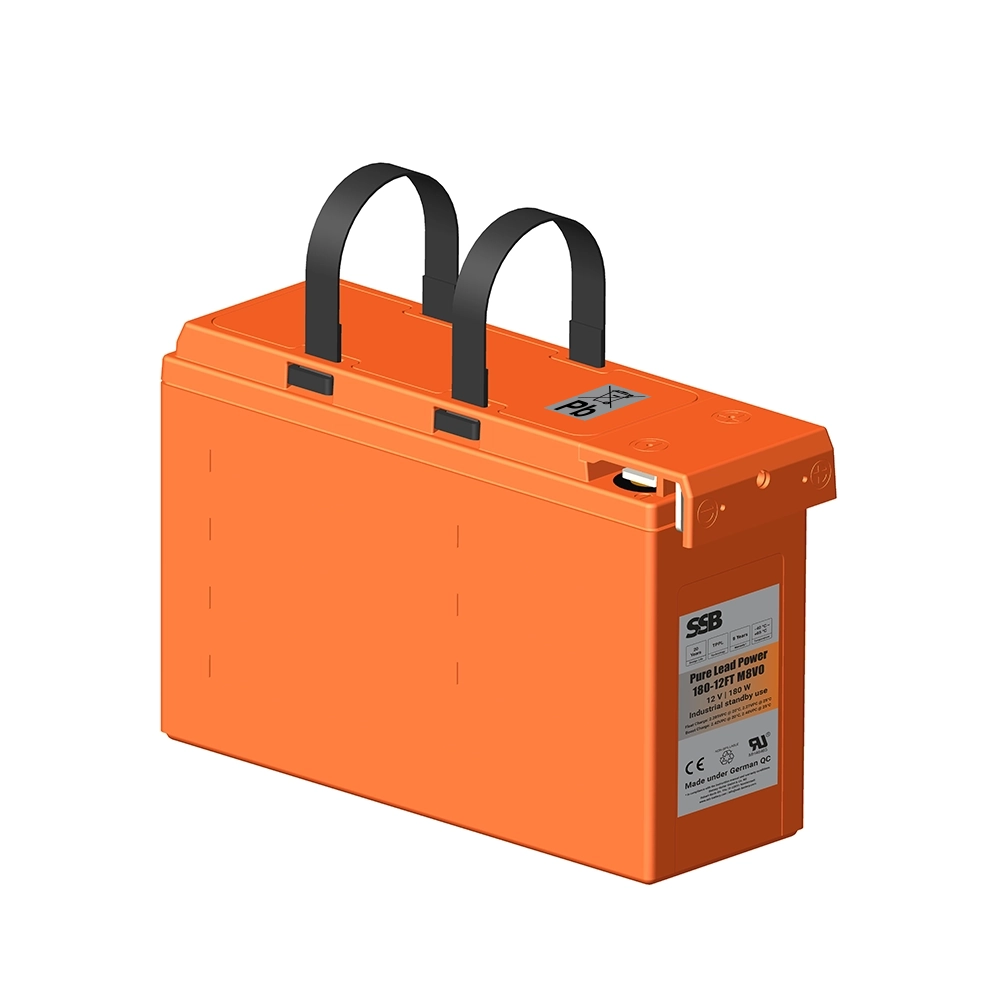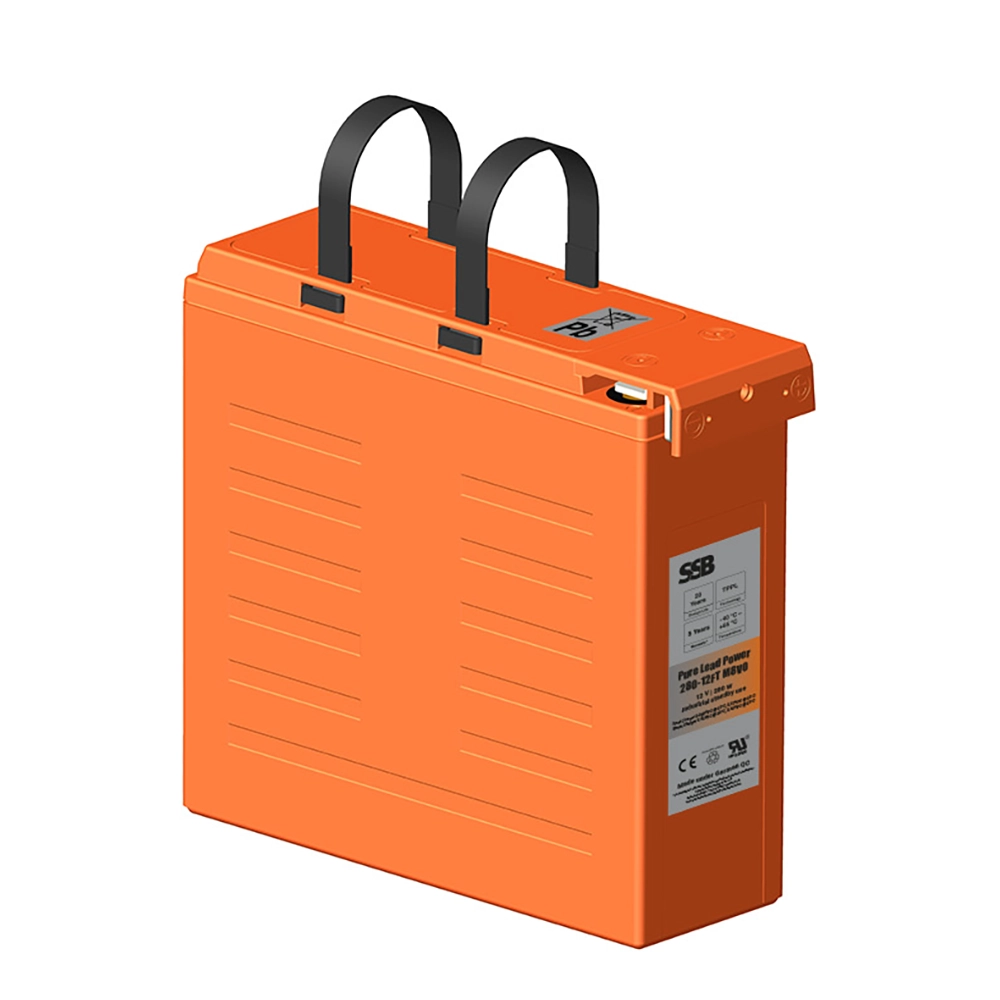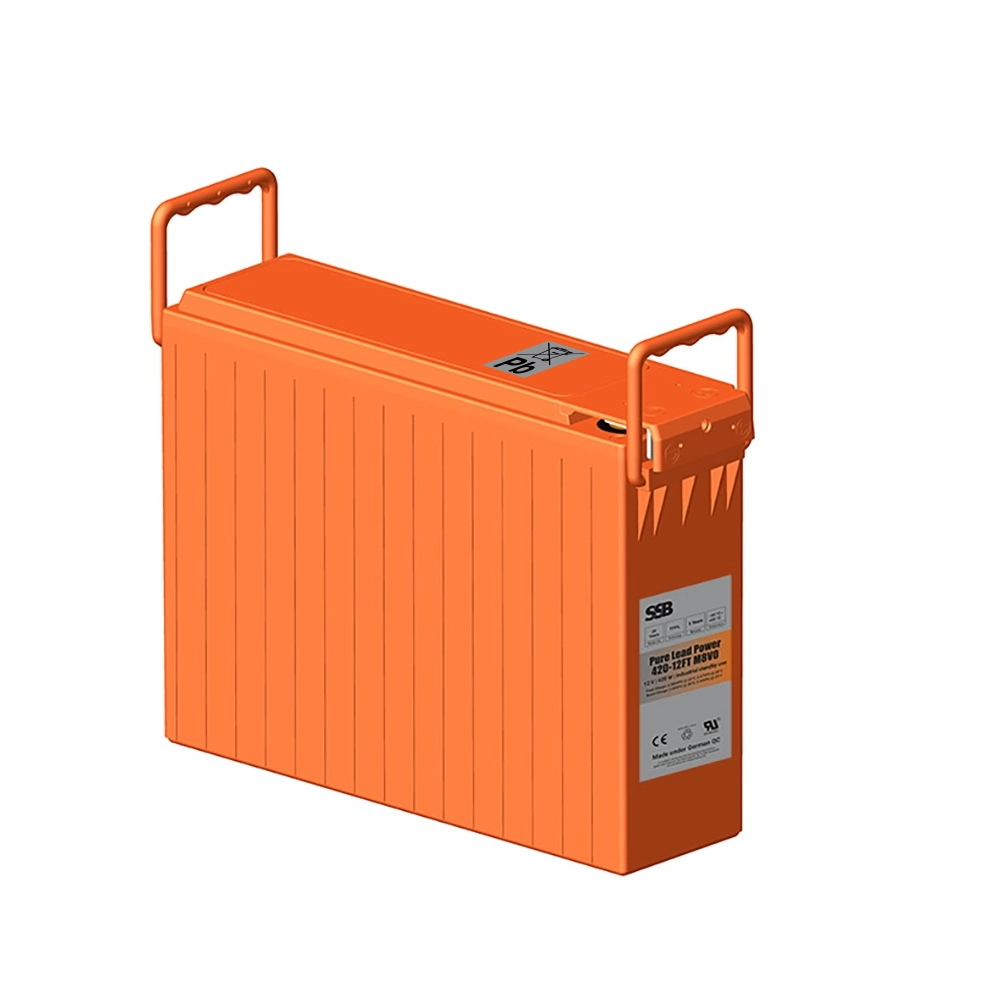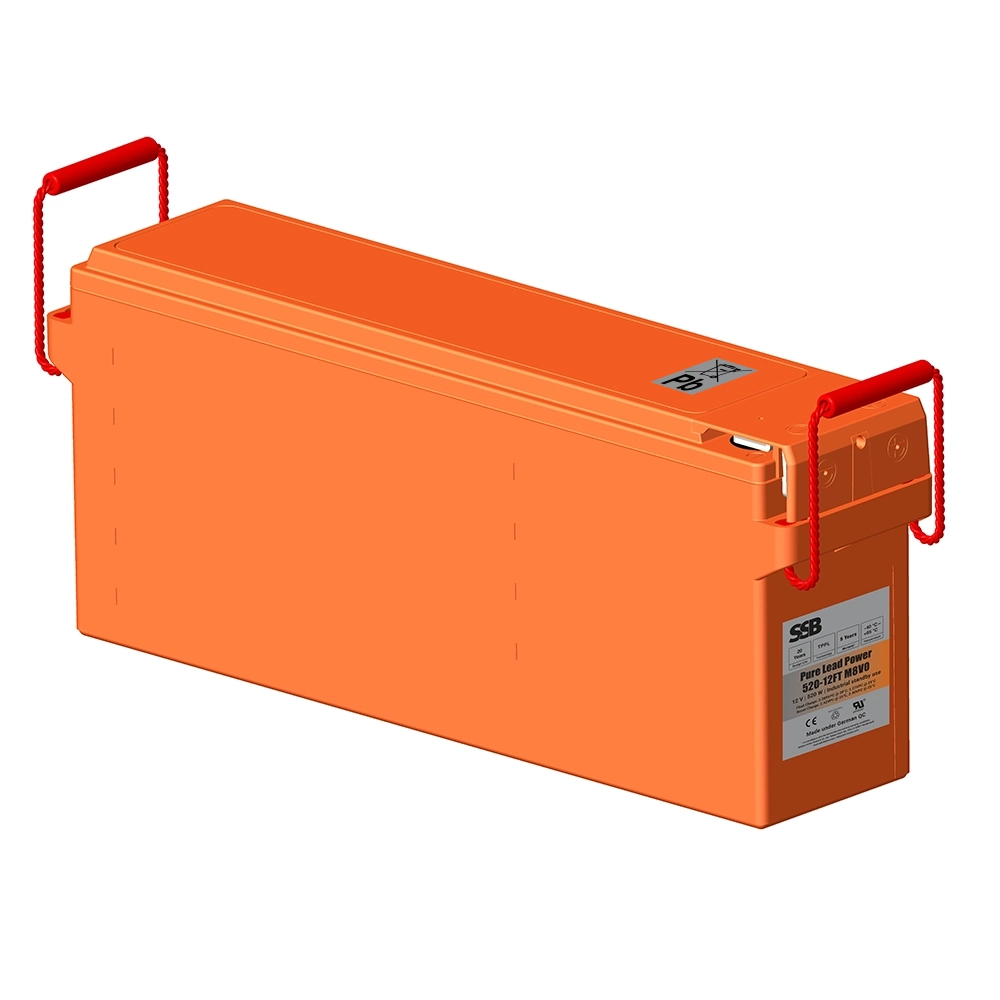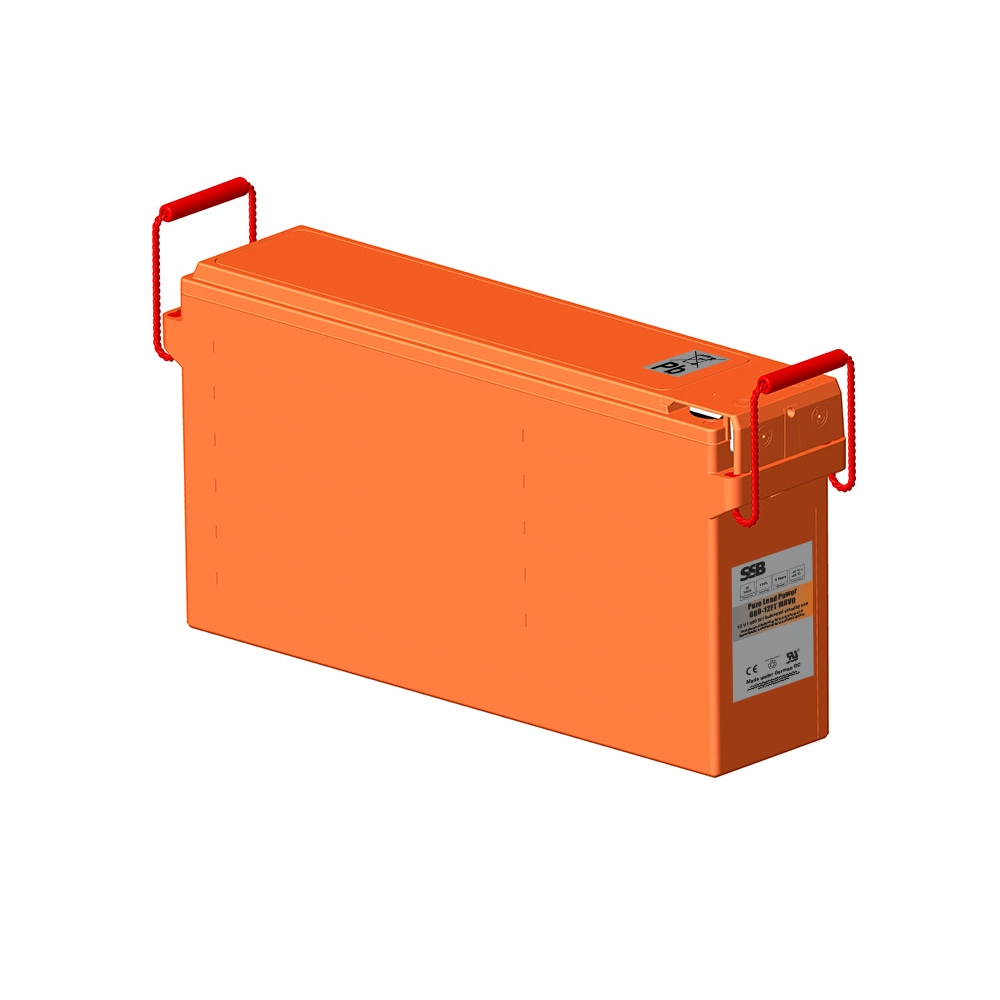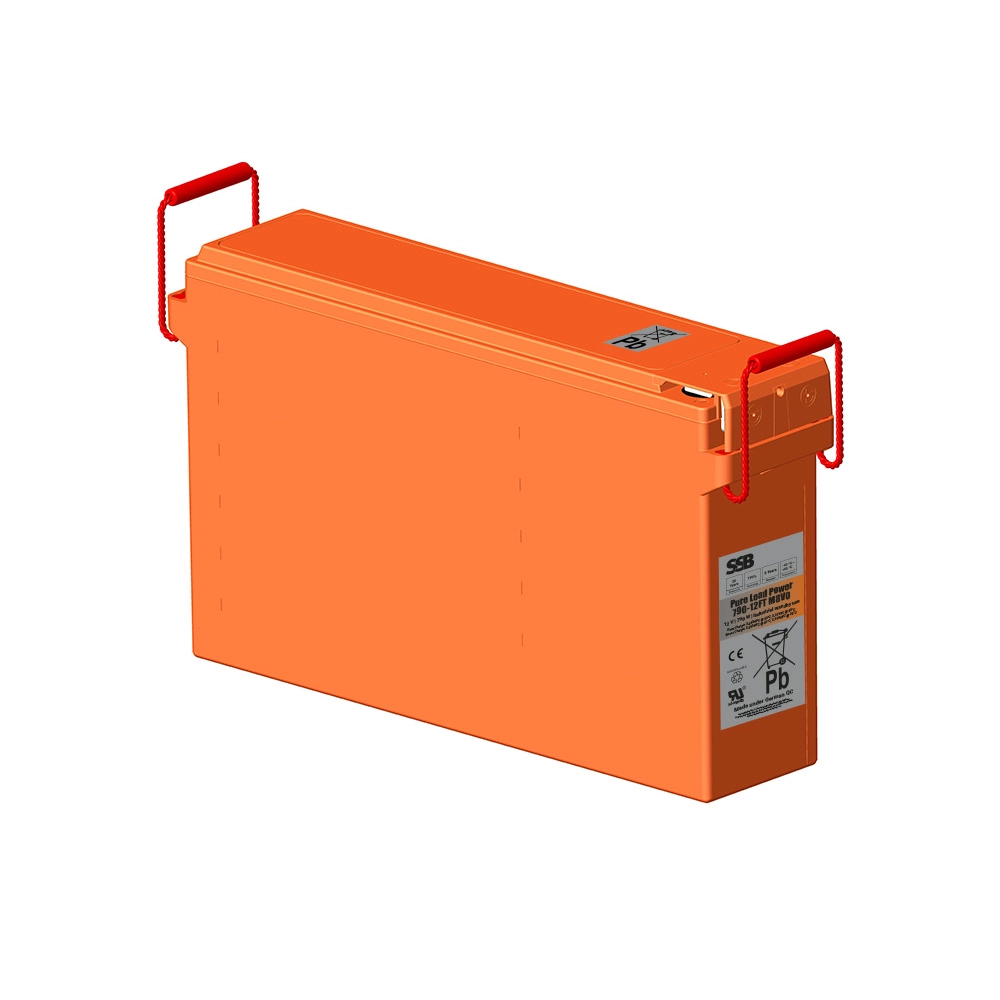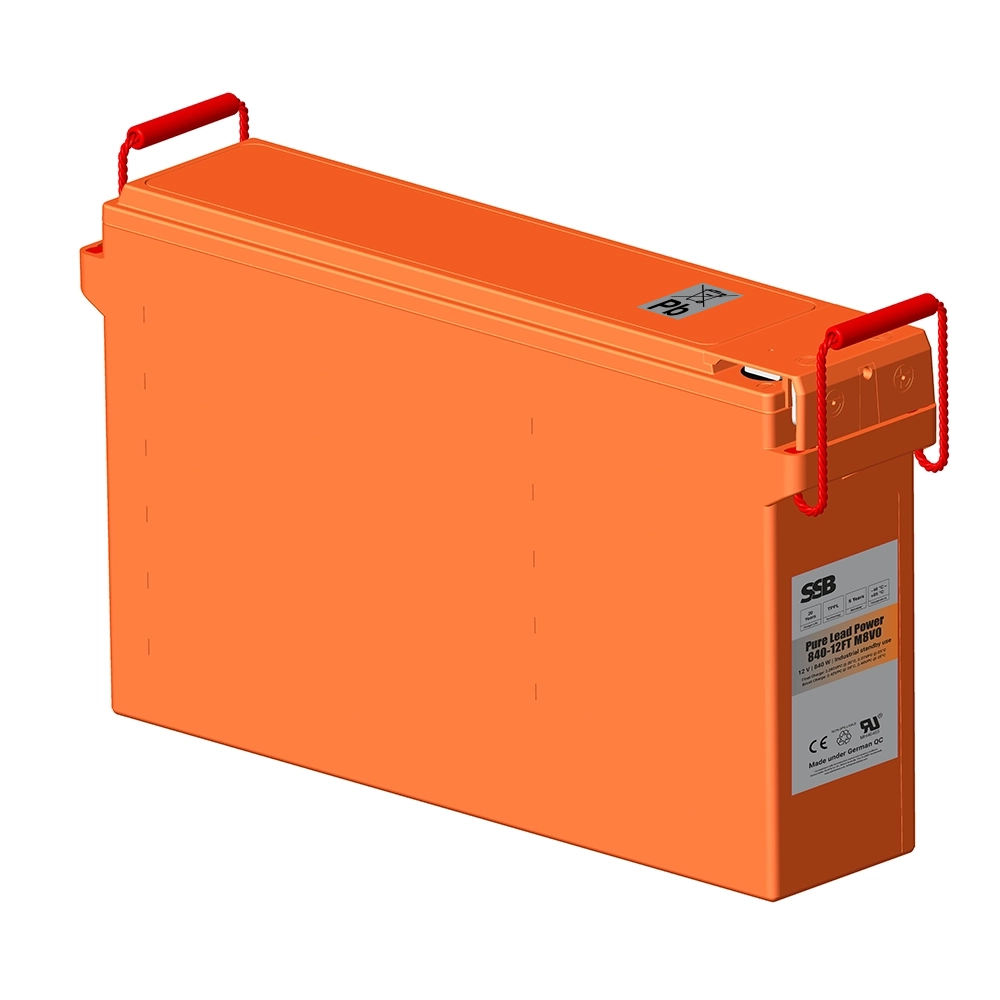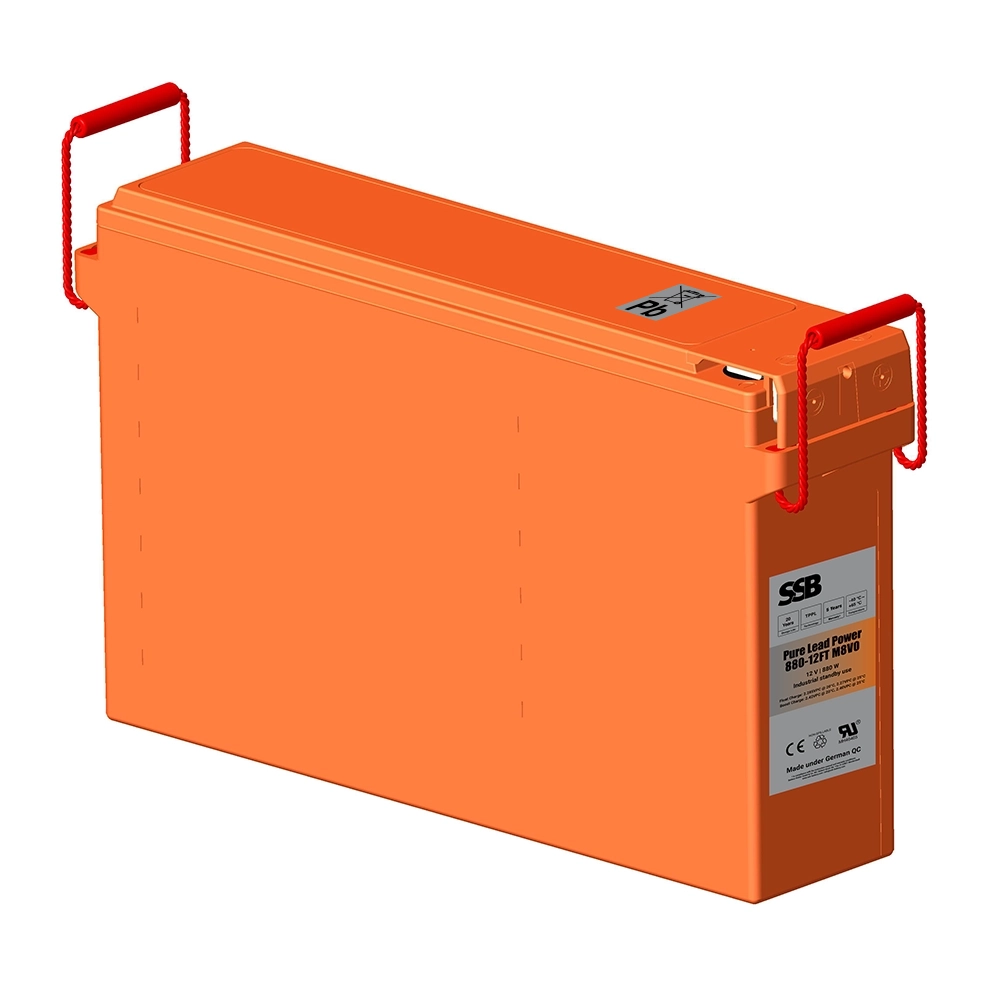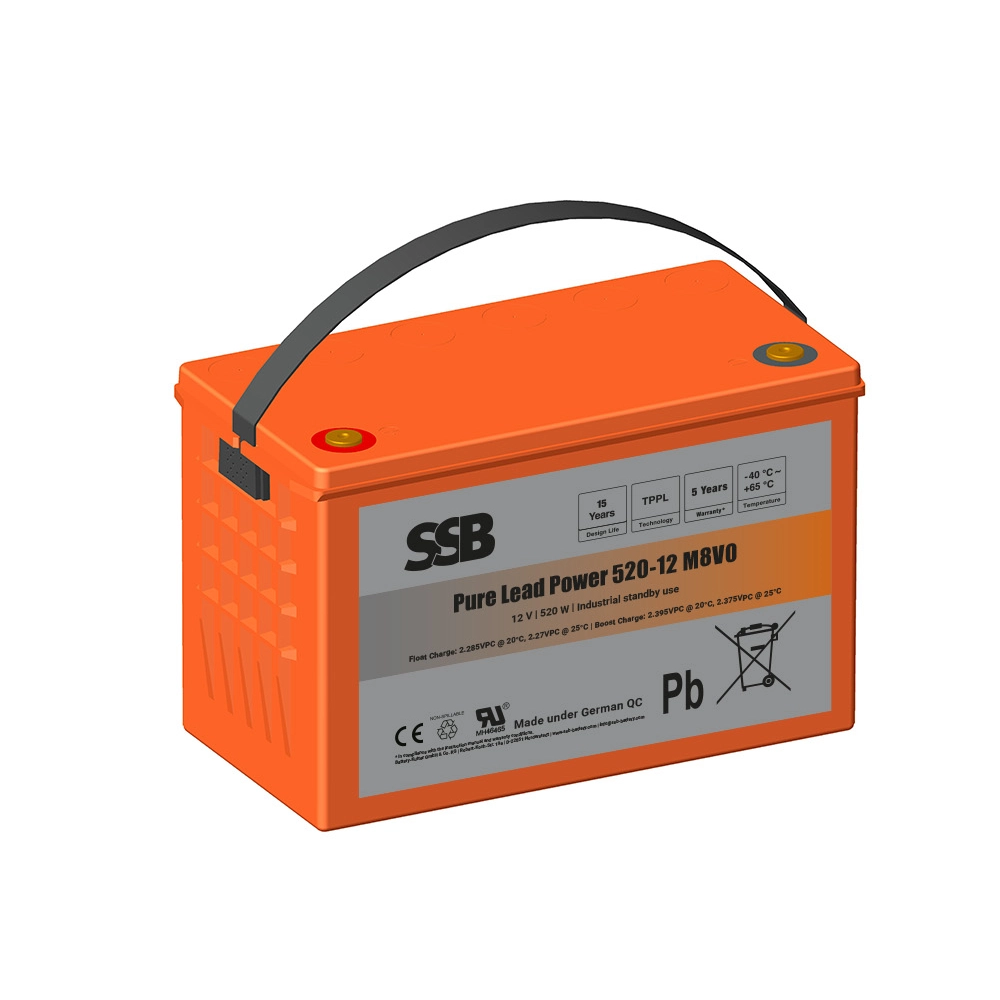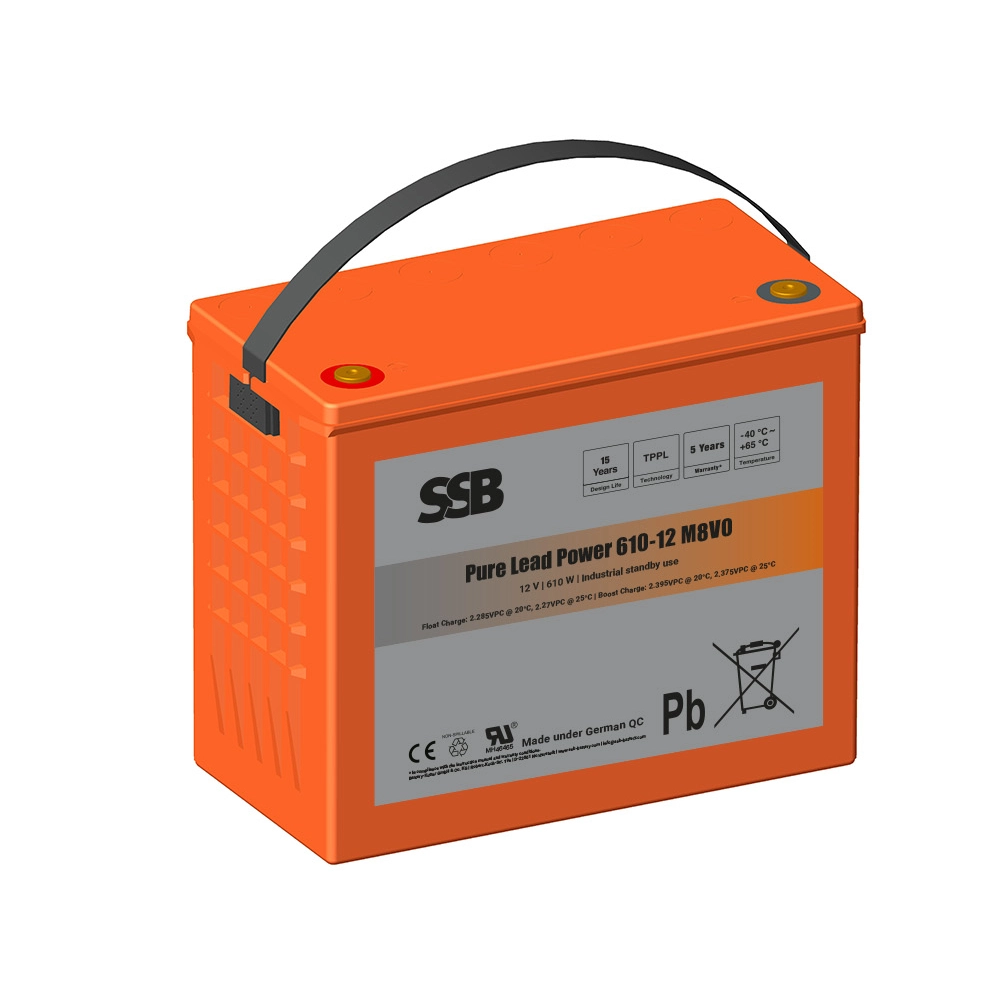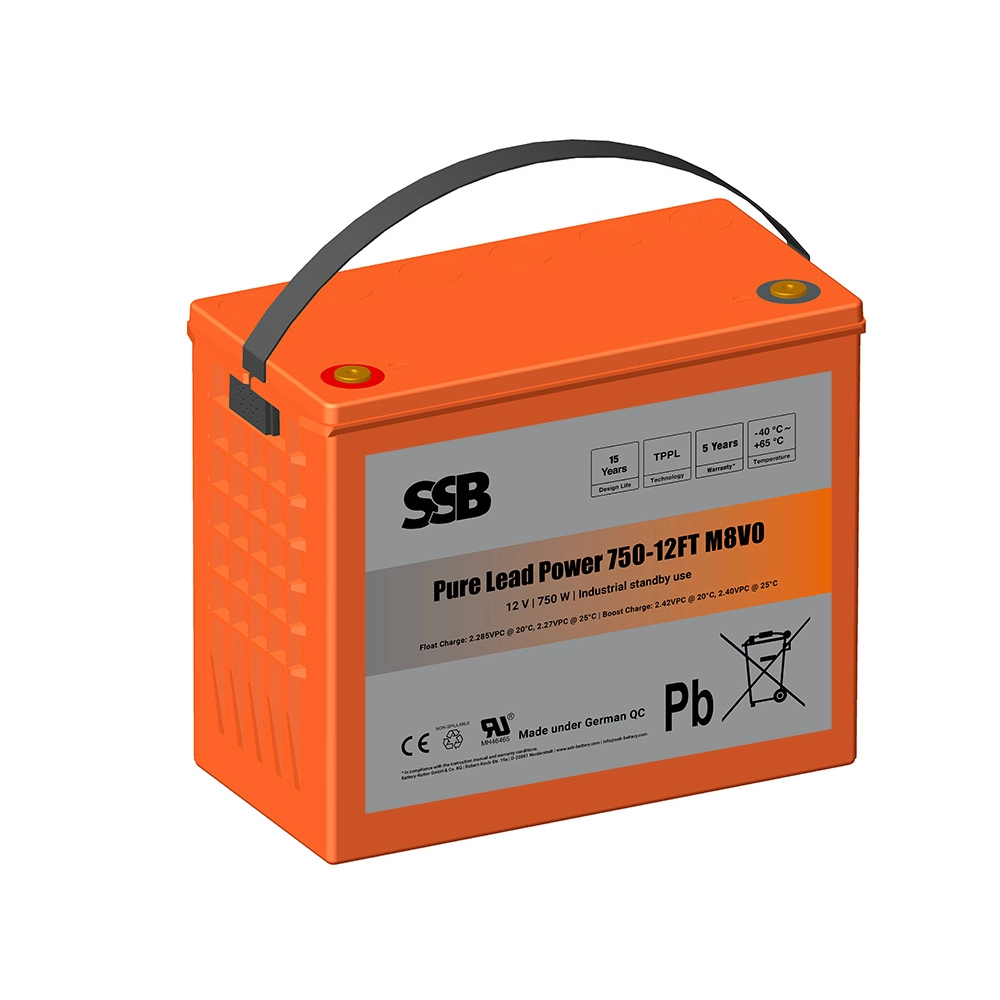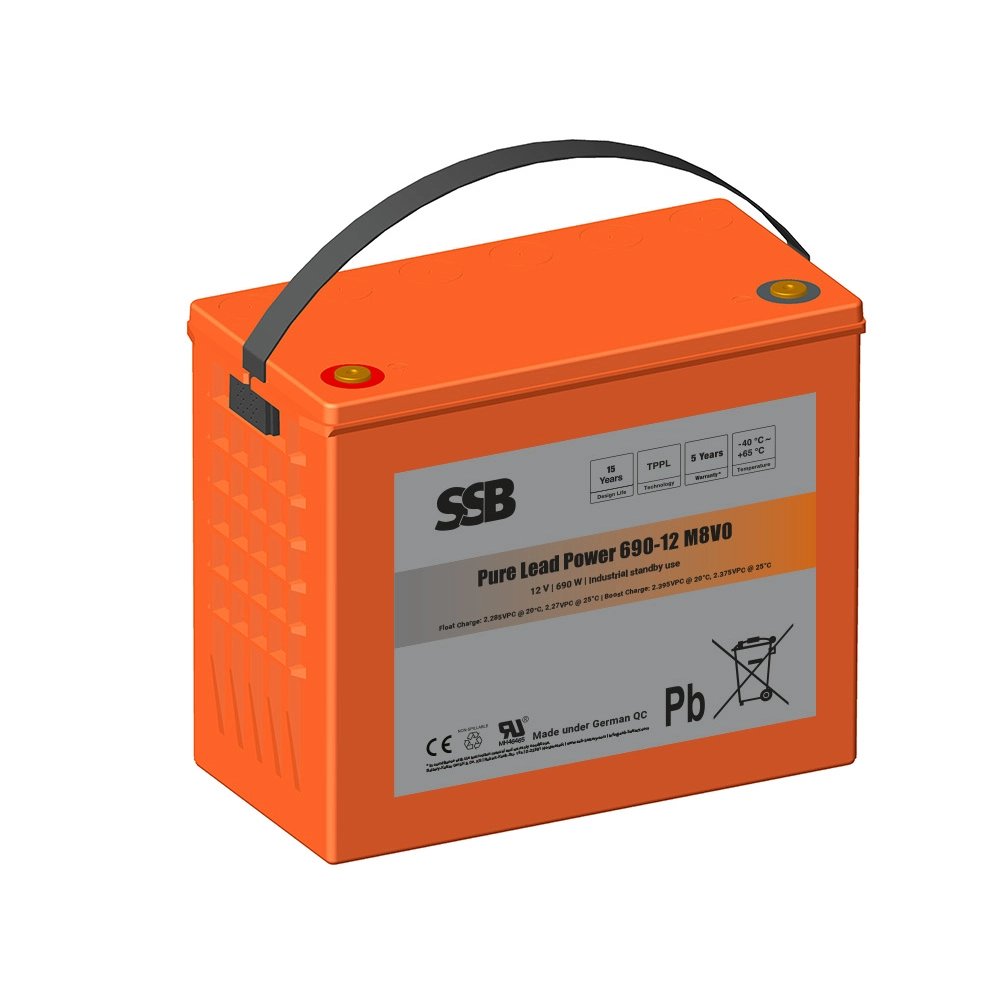- All products
- Batteries, accumulators & battery packs
-
Search by area of application
- Light electric vehicles
- Energy storage systems & photovoltaics
- Hazard detection systems
- Intralogistics
- Medical Technology
- Mobile video surveillance
-
Emergency & safety lighting
- Emergency power batteries and UPS systems
- Smoke and heat extraction systems
- Starter batteries
- Telecommunications
- Wind turbines
- Access control systems
- Accessories
- Bestsellers
Emergency & safety lighting
delivery time on request
delivery time 2-5 working days
delivery time 2-5 working days
delivery time 2-5 working days
delivery time 2-5 working days
delivery time 2-5 working days
delivery time 2-5 working days
delivery time 2-5 working days
delivery time 2-5 working days
delivery time 2-5 working days
delivery time 2-5 working days
delivery time 2-5 working days
delivery time 2-5 working days
delivery time 2-5 working days
delivery time on request
delivery time 2-5 working days
delivery time 2-5 working days
delivery time 2-5 working days
delivery time on request
delivery time 2-5 working days
delivery time 2-5 working days
delivery time 2-5 working days
delivery time on request
delivery time 2-5 working days
Hier finden Sie Akkus für Notbeleuchtung. Wir bieten Ihnen die passenden Akkus für Ihre Notlichtanlagen und Sicherheitsbeleuchtung an sowie Akkupacks in allen Ausführugen für Ihre Fluchtwegbeleuchtung.
Notbeleuchtungs-Akku
Was ist eine Notbeleuchtung und wie funktioniert eine Notbeleuchtung?
Schwankungen im Energienetz oder ganze Stromausfälle sind allgegenwärtig, die Ursachen jedoch sind unkalkulierbar und haben zur Folge, dass die Gefahr für betroffene Menschen steigt.
Die Notbeleuchtung gilt als Überbegriff und unterteilt sich in Sicherheitsbeleuchtung und Ersatzbeleuchtung. Bei einem Stromausfall oder einer Störung der allgemeinen elektrischen Beleuchtung wird oder bleibt die Notbeleuchtung mit dem Notbeleuchtung Akku wirksam.
Es ist besonders wichtig, dass die Notbeleuchtung mit Akku ein zweites Beleuchtungssystem unabhängig von der allgemeinen Versorgung darstellt. Eine Sicherheitsstromquelle oder eine feuerhemmende Verkabelung ist hier essenziell. Die Sicherheitsstromquelle oder auch Ersatzstromquelle können Stromerzeugungsaggregate oder Batteriesysteme sein. Bei einer Notbeleuchtung mit Akku wird zwischen Dauerschaltung oder Bereitschaftsschaltung unterschieden. Während Bereitschaftsschaltung eine Einschaltung der Notbeleuchtung bei einem Stromausfall beschreibt, sorgt eine Dauerschaltung für einen ständigen Leuchtbetrieb der Notbeleuchtung.
Im Falle eines Stromausfalls können Leben von der Notbeleuchtung mit Akku abhängen. Nicht nur Ortsfremden fällt es schwer, sich im Dunkeln zu orientieren, sondern auch ortskundige Personen können in Panik geraten und nicht mehr sehen, wo sie sich befinden, geschweige denn wissen, wie sie ohne Notbeleuchtung nach draußen kommen. Um die Sicherheit vieler Menschen in diesem Fall gewähren zu können, müssen Licht- und Elektroplaner, Installateure, Betreiber und Unternehmer unter Beachtung vieler Normen, Vorschriften und Richtlinien eine fachgerechte Installation der Notbeleuchtung gewährleisten. Eine regelmäßige Wartung der Notbeleuchtung und Sicherheitsbeleuchtung ist unabdingbar und liegt in der Verantwortung der Betreiber des Gebäudes, dieser ist zur Instandsetzung und Wartung der Sicherheitsbeleuchtung verpflichtet.
Elektrische Störungen sind keine Seltenheit, die Sicherheitsbeleuchtung schützt vor Unfällen und Panik, daher wird sie auch Antipanikbeleuchtung genannt. Sie ermöglicht es Personen, im Panikfall das Gebäude sicher verlassen zu können. Je nach Arbeitsplatz oder Anforderung ist es hier gegebenenfalls sinnvoll einen Arbeitsablauf im Gefahrenfall zu erstellen. Die bekannten grün-weißen Rettungszeichenleuchten mit einer stilisierten Person und einem Pfeil in Fluchtrichtung gelten als weltweit anerkanntes Piktogramm und stellen das Sicherheitsleitsystem eines Gebäudes dar. Die Ausnahme stellen Bahntunnel dar, hier sind die Notausgänge blau gekennzeichnet, um eine Verwechslung mit den grünen Bahnsignalen und der Notbeleuchtung auszuschließen.
Warum Notbeleuchtung mit Akku?
Unsere Augen nehmen 80 % aller Informationen auf. Kommt es zu einem Stromausfall und wir befinden uns in absoluter Dunkelheit, kann schnell Panik entstehen. In Gebäuden, in denen viele Menschen arbeiten, entsteht ein nicht kalkulierbares Risiko, dass für alle Beteiligten gefährlich werden kann. Damit alle anwesenden Personen sicher das Gebäude verlassen können, brauchen wir eine Notbeleuchtung mit Akku, die unabhängig von unserem Stromnetz die sichere Beleuchtung übernimmt. Die Sicherheitsleuchten beleuchten unseren Weg und machen Hindernisse, wie Treppenstufen sichtbar, während wir den Sicherheitszeichen nach draußen folgen, zusammen ist das unsere Notbeleuchtung, die uns in Sicherheit bringt.
Welche Arten von Notbeleuchtungen gibt es?
Notbeleuchtung gilt als Überbegriff und unterscheidet sich in Sicherheitsbeleuchtung und Ersatzbeleuchtung. Allgemein ist zu sagen, dass die Sicherheitsbeleuchtung installiert werden muss, wenn Unfallgefahren bei einem Stromausfall drohen. Die Ersatzbeleuchtung wird hingegen verwendet, wenn mit einer Verletzung von Personen nicht gerechnet werden muss. Ersatzbeleuchtung sichert das Fortführen einer laufenden Tätigkeit, die nicht unterbrochen werden kann, wie zum Beispiel eine Operation im Krankenhaus. Im Fall eines Stromausfalls spendet die Ersatzbeleuchtung ausreichend Licht, um eine Aufgabe zu beenden, dies kann auch von wirtschaftlichem Interesse sein.
Nicht nur die Notbeleuchtung mit Akku, sondern auch die Sicherheitsbeleuchtung gliedert sich weiter auf, in Sicherheitsbeleuchtung für Rettungswege, Antipanikbeleuchtung und Sicherheitsbeleuchtung für Arbeitsplätze mit besonderer Gefährdung. Sicherheitsbeleuchtung für Rettungswege dient zum gefahrlosen Verlassen eines Gebäudes, beleuchtet Fluchtwege und Rettungswege und macht Hindernisse, wie Treppen sichtbar. Der Notbeleuchtung Akku, bzw. die Sicherheitsbeleuchtung, sorgt in diesem Fall für das gefahrlose Verlassen eines Gebäudes über die Fluchtwege. Dafür werden zum einen Rettungszeichenleuchten, zum anderen Notleuchten genutzt. Die Antipanikbeleuchtung soll, wie der Name schon sagt, verhindern, dass Menschen, besonders in großen Gruppen in Panik geraten (Notbeleuchtung bei Stromausfall in Kaufhaus). Die Antipanikbeleuchtung sorgt für ausreichende Sehbedingungen, um eine Massenpanik im Dunkeln zu vermeiden und ein sicheres Ankommen bei den Fluchtwegen und Rettungswegen zu bieten. Die gewährleistete Helligkeit der Antipanikbeleuchtung ist mit einer Vollmondnacht zu vergleichen. Zusammengefasst hat die Antipanikbeleuchtung nur zwei Aufgaben. Einerseits verhindern, dass Menschen in Panik geraten, andererseits sicherstellen, dass die Orte zu erreichen sind, von denen eindeutig Rettungswege ausgehen. Die Sicherheitsbeleuchtung für Arbeitsplätze mit besonderer Gefährdung dient dazu, die betroffenen Personen auch dort ihre Arbeit gegebenenfalls zu Ende führen können, um dann das Gebäude sicher zu verlassen. Sie ist dort einzurichten, wo im Fall eines Stromausfalls akute Unfallgefahr besteht (laufende Maschinen, Gruben). Alle Segmente zusammen bilden die lebenswichtige Notbeleuchtung.
Welche Batterie eignet sich für Notbeleuchtung mit Akku?
Die Wahl der Batterie für die Notbeleuchtung mit Akku ist individuell. Dies hängt unter anderem von den Umgebungstemperaturen am Aufstellungsort ab. Batterien unterliegen einem chemischen Prozess und haben nur eine bestimmte Lebensdauer. So kann die Kapazität mit den Jahren abnehmen, das kann sich negativ auf die Notbeleuchtung auswirken. Des Weiteren ist die Batterieleistung temperaturabhängig, diese kann die Leistung stark beeinflussen, wenn sie nicht den Optimalwert beträgt. Für eine Notbeleuchtung mit einer hohen Zuverlässigkeit, guten Performance und einer langen Lebensdauer, gegebenenfalls auch unter erschwerten Bedingungen, empfiehlt sich eine Bleibatterie. SSB Battery Batterien sind besonders für Anwendungen mit langer Autonomiezeit für den Bereich Notbeleuchtung und Sicherheitsbeleuchtung geeignet.
Auch die Eigenschaften, des Aufstellraumes sind von Bedeutung, wenn es sich um die Art der Aufstellung dreht. Zum einen kommt es auf die Maße der Batterien an, aber auch, ob die Möglichkeit besteht, die Installation der Batterien für die Notbeleuchtung in Batterieschränken oder Sicherheitsschränken zu organisieren. Je nach chemischer Beschaffenheit der Batterie ist ein elektrolytfester Anstrich auf dem Boden oder eine spezielle Be- und Entlüftung des Raumes nötig.
Wer darf die Sicherheitsbeleuchtung planen und wie oft muss eine Notbeleuchtung geprüft werden?
Die Planung und Prüfung der Notbeleuchtung mit Akku obliegt der verantwortlichen Person, z. B. der Geschäftsführung. Bei der Planung einer Notbeleuchtung sollte man sich an den technischen Regeln für Arbeitsstätten zum Thema Sicherheitsbeleuchtung, optische Sicherheitsleitsysteme orientieren. Im ersten Schritt wird dazu eine Gefährdungsbeurteilung erstellt, die sicherstellt, dass jede Person im Ernstfall das Gebäude unbeschadet verlassen kann.
Die Prüfung der Notbeleuchtung muss in regelmäßigen Abständen fachgerecht erfolgen. Prüffristen sind ebenfalls in der Gefährdungsbeurteilung unter Berücksichtigung der Herstellerangaben zu finden. Die Prüfung ist von einer zur Prüfung befähigten Person für Notbeleuchtung durchzuführen. Schäden, die die Funktion beeinträchtigen können, sind sofort zu beseitigen.
Wann ist eine Notbeleuchtung vorgeschrieben und wo ist sie erforderlich?
Die Sicherheit der Menschen steht bei Notbeleuchtungen mit Akku im Vordergrund, Gebäude müssen für den Ernstfall gerüstet sein, um Menschen zu schützen. Notausgänge, Erste-Hilfe und Löscheinrichtungen müssen gekennzeichnet und Flucht- und Rettungswege sowie verborgene Gefahren beleuchtet sein. Bei den ganzen Normen, Vorschriften und Gesetzen, die bei der Notbeleuchtung beachtet werden müssen, ist ein Grundsatz am wichtigsten: Notleuchten und Zeichen müssen bei einem Stromausfall oder starker Rauchentwicklung erkennbar sein.
Das ist der Grundsatz, der dafür sorgt, dass Menschen auf der ganzen Welt unabhängig von Herkunft, Sprache und Alter es sicher mit Hilfe der Notbeleuchtung aus einem gefährdeten Gebäude schaffen.
Die Vorschriften der Notbeleuchtung Akku in Gebäuden sind unter anderem abhängig von der Größe, der bekannten und verborgenen Gefahren und weiteren Kriterien. Im Folgenden zeigen wir Ihnen daher ein paar Kriterien für Arbeitsstätten auf, bei denen eine Sicherheitsbeleuchtung erforderlich ist:
- Arbeitsstätten, die durch Personen frequentiert werden (Restaurants, Bahnhöfe)
- Arbeitsstätten, die eine hohe Anzahl an Personen, Etagen, verwinkelte Fluchtwege oder Gefährdung und Unfallgefahr beherbergen (Hochhäuser)
- Arbeitsstätten, die es erfordern, große Räume zu durchqueren (Eingangshallen, Großraumbüros)
- Arbeitsstätten, die nicht über Tageslicht verfügen (Verkaufsräume, Werkstätten)
Um dies besser zu verstehen, haben wir Ihnen nochmal ein paar Arbeitsstätten aufgezählt, an denen eine Notbeleuchtung und Sicherheitsbeleuchtung unabdingbar ist:
- Gaststätten, Restaurants und Bars, Hotels und Pensionen
- Hochhäuser und Bürogebäude, Parkhäuser, Garagen
- Krankenhäuser, Polizeistationen und Psychiatrien
- Flughäfen, Bahnhöfe
- Kitas, Schulen, Kinderkrippen
- Supermärkte und Kaufhäuser
Folgende Fluchtwege und Räume sollten immer über eine umfangreiche Notbeleuchtung verfügen:
- Für den Flucht- und Rettungsweg notwendige Flure und Treppenhäuser als auch Stufen
- Räume zwischen notwendigen Treppenhäusern sowie Treppenraumerweiterungen
- Ausgänge und Ausstiege ins Freie (Notausstiege und Notausgänge)
- Räume, ohne Tageslicht
- Aufzüge und Vorräume von Aufzügen
Was muss bei einer Notbeleuchtung beachtet werden?
Bei der Planung und Installation von Notbeleuchtung Akku müssen viele Normen, Vorschriften und Gesetze beachtet werden. Unter anderem kommen hierbei das Arbeitsschutzgesetz als auch das Baurecht zum Tragen. Geht aus einer Gefährdungsbeurteilung des Arbeitsplatzes hervor, dass mit Gefährdungen im Fall eines Ausfalls der Beleuchtung gerechnet werden kann, muss eine Sicherheitsbeleuchtung installiert werden.
Die Einschaltzeit der Notbeleuchtung findet bei einer Bereitschaftsschaltung statt, während die Umschaltzeit bei einer Dauerschaltung zu tragen kommt. Man spricht hier von einer Maximaldauer von 0,5 Sekunden.
Im Folgenden haben wir Ihnen die wichtigsten Anforderungen und technischen Regeln für eine Notbeleuchtung auf einem Blick zusammengestellt:
- Gleichmäßige Lichtstärke: Das Licht sollte überall gleichmäßig leuchten. Der Unterschied von der größten zur kleinsten Beleuchtungsstärke darf maximal 40:1 betragen. Dabei sollte bei Flucht- und Rettungswegen auf der Mittelachse mindestens 1 Lux horizontale Beleuchtungsstärke gewährleistet werden. Wenn man nicht von besonders gefährdeten Bereichen ausgeht, sind 15 Lux das Minimum.
- Volle Leuchtkraft: Die Sicherheitsbeleuchtung muss innerhalb von 15 Sekunden nach dem Stromausfall mit hundertprozentiger Leuchtkraft leuchten. Die mindestens erforderliche Beleuchtungsstärke muss bereits nach 0,5 Sekunden erreicht sein.
- Farbwiedergabeindex: Der Farbwiedergabeindex einer Notbeleuchtung muss mindestens Ra 40 betragen, um Sicherheitsfarben erkennbar zu machen.
- Montagehöhe: Rettungszeichen und Leuchten müssen mindestens in zwei Meter Höhe angebracht werden, um eine Ausleuchtung zu gewährleisten.
- Beleuchtung: Rettungszeichen müssen auf allen Flucht- und Rettungswegen beleuchtet oder hinterleuchtet sein. Ist ein Notausgang nicht direkt zu sehen, so müssen mehrere be-/hinterleuchtete Rettungszeichen entlang des Weges installiert werden. Eine Blendung muss unbedingt vermieden werden.
- Akkulaufzeit: Notbeleuchtung oder Notausgangsschilder müssen mindestens drei Stunden unabhängig vom allgemeinen Stromnetz leuchten.
Gerne beraten wir Sie persönlich zu diesem Thema. Unsere Kontaktmöglichkeiten finden Sie auf unserer Kontaktseite.














